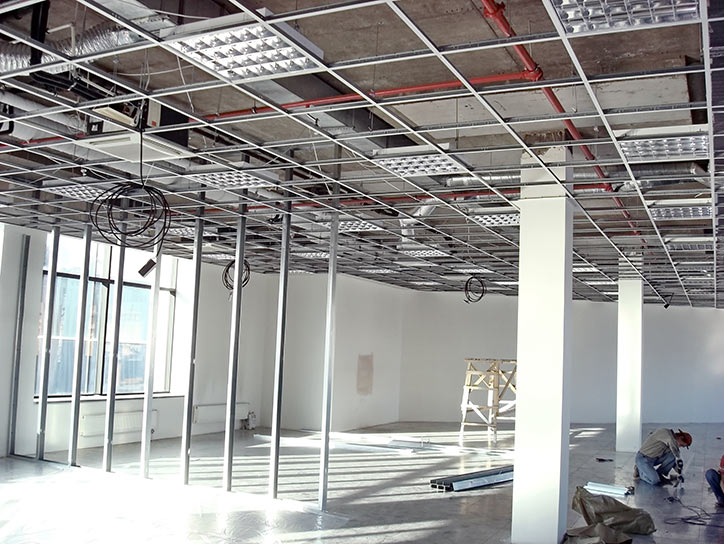How To Repair Cracks In Plaster Walls
Owners of a house with plaster walls praise it for its beauty, solid-state, and ability to kill the sound. However, plaster walls are prone to cracking because of climate change and foundation shits. Almost all houses with plaster walls are likely to have window or door cracks. Plaster walls consist of two layers: the other plaster and the wooden lath. It is always better to repair cracks in the plaster walls rather than replacing the damaged chunks.
What do you need?
- Scraper
- Spatula
- Sandpaper
- Knife
- Rag or paintbrush
- Plaster
- Joining tape
- Safety Glasses and Masks
Step #1 To repair cracks in the plaster walls, trim the edges:
To repair cracks in plaster walls, you have to trim the edges. If the cracks are thin or hairlike, make them wider using a scraper or utility knife so that plaster may fit in properly afterwards. If the cracks are larger, cut the edges of the cracks a bit using the scapers. The purpose of scrapping is to get more adhesion upon applying the plaster. But don’t scrape into the cracks with too much power. Don’t forget to use safety apparatus while repairing cracks in plaster walls like Safety Glasses, Masks, and ladders if you need them.
Step #2 Getting more adhesion to repair cracks using sandpaper on plaster walls:
The next step in repairing cracking in your plaster wall is using sandpaper upon the cracks and around. It will help in removing any loose flakes and get us some good bonding.
Step #3 Cleaning to repair the cracks of plaster walls with rag or old paintbrush:
Take out your joining tape and apply it to all the cracks. Use fibreglass tape. Placing it over the cracks will give extra support to the plaster that we will apply later. You can use a Stanley knife or scissors to cut the tape.
Step #4 Apply joining tapes on the cracks of plaster walls:
Of course, there are instances when you can DIY and get a perfect job done. Following are some tips to make a better decision:
Step #5 Put the plaster compound on the cracks:
After you have your plaster compound ready, take out your spatula and scrape your plaster into the cracks.
Smooth it with the spatula as much as you can.
Step #6 Let it dry down:
Allow some time to dry down the material. Only a professional knows the importance of this step, and he may tell you that no time is enough for this.
Step #7 Repeat the Sandpaper:
After the compound dries down, you need to give your material a tone. Use the sandpaper on the compound, making it plain and smooth so that the paint can be applied.
Step #8 More compound:
You should repeat step #7 and step #8 for a better finish. But this time, spread the compound a bit further, not just applying on to the cracks. Let it dry again. Thereafter, you should use sandpaper and make the surface a bit more smooth for painting.
Apply a quick wipe of the rug over the wall. Your wall is ready for paint.
Plaster Repairs: A DIY guide for the home and office
If you have plaster walls, it’s essential to keep them maintained. Keeping your walls in good condition is much easier when done regularly than waiting until there are problems with cracks or holes that need to be filled in.
Suspended Ceilings: What Are They?
Suspended Ceilings: What Are They? A suspended ceiling is a type of suspended structure that divides space into different levels. This suspended ceiling usually consists of several lengths of metal or wooden beams and horizontal surfaces suspended from the top, with columns in between to support each beam at regular intervals. Suspended ceilings are also […]
Reasons Behind The Cracks In Your Plaster
Reasons Behind The Cracks In Your Plaster Whenever structural elements get subjected to load, internal or external, and when the stresses exceed the permissible limits of pressure for that particular material upon which it’s constructed. This will lead to cracks in the structure and potentially catastrophic failures if not dealt with immediately. All houses should be designed […]




